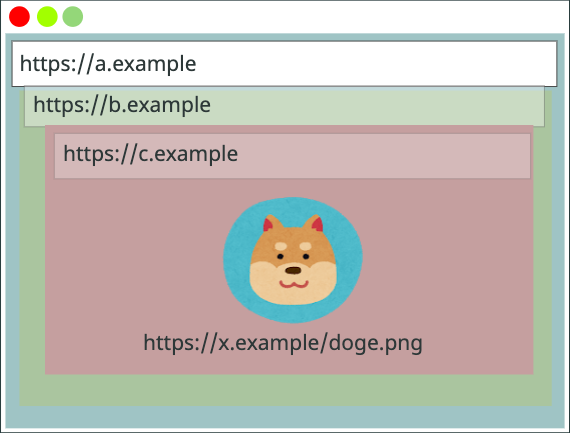Network partitioning anti-tracking feature in browsers explained
Browser Caching is an important affair. Every time you visit a website, files are downloaded, so when you lot revisit it, the site loads fast using the locally available files. So some cookies are used to rails users anywhere they go. They help with a personalized advertizing, but if someone doesn't want to get tracked, they tin cake the cookies. So websites found more ways to rails using the shared enshroud.
What is shared cache, and how websites can apply it to track?
What is a shared cache? It's a commonplace where all files were downloaded, was shared. The cache has all kinds of files, and some of them are unique to websites. And so websites or advertisement organization tin hands figure out if y'all have visited the website earlier or any other website. Hither is a listing of drawbacks:
If I need to detect out if yous visited a website, I will download the resources then check for those names in your enshroud folder. One time I find the file, I create a tracker, and every time you lot visit a website, I can serve personalized ads. Information technology also ways I can create a cookie for cross-site tracking.
That's where the Network segmentation anti-tracking characteristic in Chrome, Edge, Firefox browsers comes into the picture.
Network partitioning anti-tracking feature in browsers
In elementary words—Each website gets its own storage area or section where its files are stored. There is no more than sharing. This makes sure the other websites cant probe other files for data.

Here, Cached resource tin exist an image of a script or whatever file given a Network Isolation Cardinal. This key is composed of the top-level website, electric current-frame site, and URL of the resource. That makes it unique. In one case enabled, it makes sure the file cannot exist matched unless the cardinal has all the elements to reveal the resource file.
Google has explained this with classic examples, and I would suggest you read about it.
Does the Network partitioning feature work the same on all browsers?
While information technology has been marked as standard, every browser has its way.
- Chrome: Uses pinnacle-level scheme://eTLD+1 and frame scheme://eTLD+ane
- Safari: Uses acme-level eTLD+ane
- Firefox: It uses top-level scheme://eTLD+1 and considering including a second key similar Chrome
That said, Apple rolled out this characteristic first in 2013 where information technology started segmentation the HTTP cache. Google also has this feature in Chrome 86, and now with Firefox 85, Mozilla fans will get it from version 85.
The feature will exist enabled by default in the browser, and you will not have to do anything nigh it.
I hope the mail was helpful to requite yous insight about the Network partitioning characteristic, but make certain to read the linked mail service for technical details.


Source: https://www.thewindowsclub.com/network-partitioning-anti-tracking-feature-in-browsers-explained
Posted by: hudsonliend1975.blogspot.com


0 Response to "Network partitioning anti-tracking feature in browsers explained"
Post a Comment